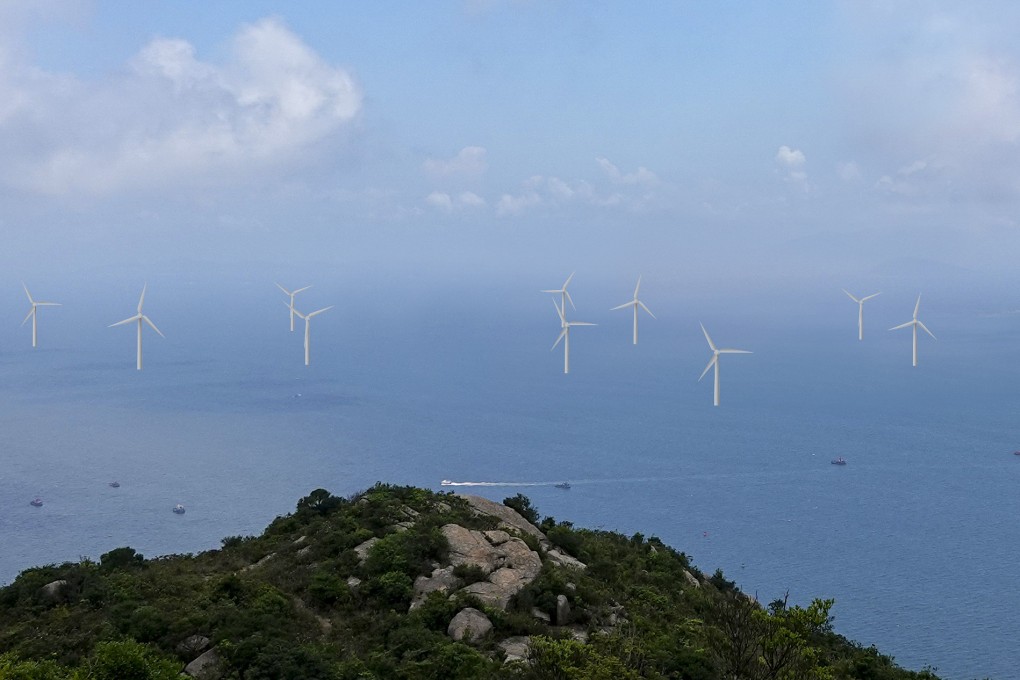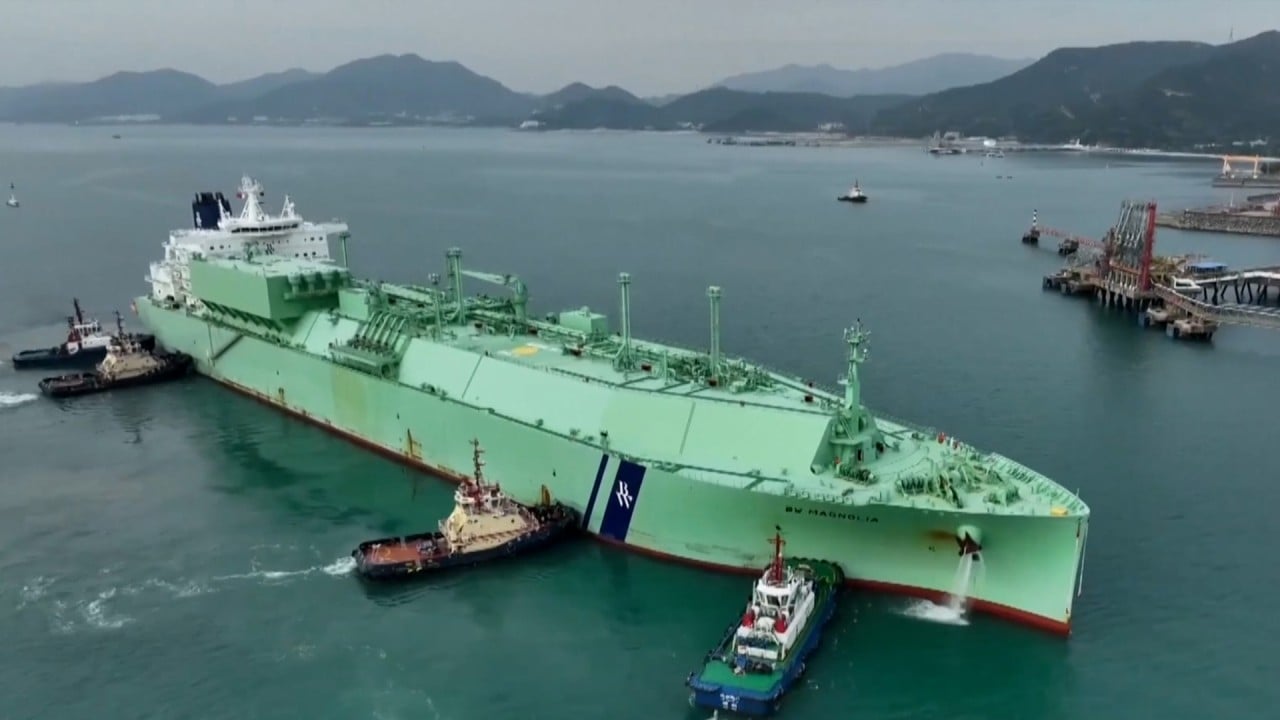Outside In | To fight climate change, Hong Kong must put wind in the sails of its carbon neutrality plan
- The wind power plans of HK Electric and CLP, though toe-in-the-water gestures, are better late than never
- The government must overcome its procrastination and deliver some clear climate results for Hong Kong

Put on one side too the achievements of Germany (41 per cent) and the United Kingdom (40 per cent). Compared with China (28 per cent as of 2020), the United States (21 per cent), Taiwan (7 per cent) or even Singapore (2.13 per cent), Hong Kong’s progress is nothing short of pathetic – a negligible 0.03 per cent as of 2020
In its Electrical and Mechanical Services Department data, our government says our energy mix relies on natural gas for 48 per cent, coal for 24 per cent, and “nuclear energy and renewable energy” for 28 per cent. But given that around 27 per cent is attributable to nuclear energy brought in from Daya Bay, renewable energy’s share is extremely small.
Hong Kong’s embarrassing tardiness has little to do with climatic or technical obstacles. Studies going back to 1997 make it clear that Hong Kong has plenty of wind power potential.

